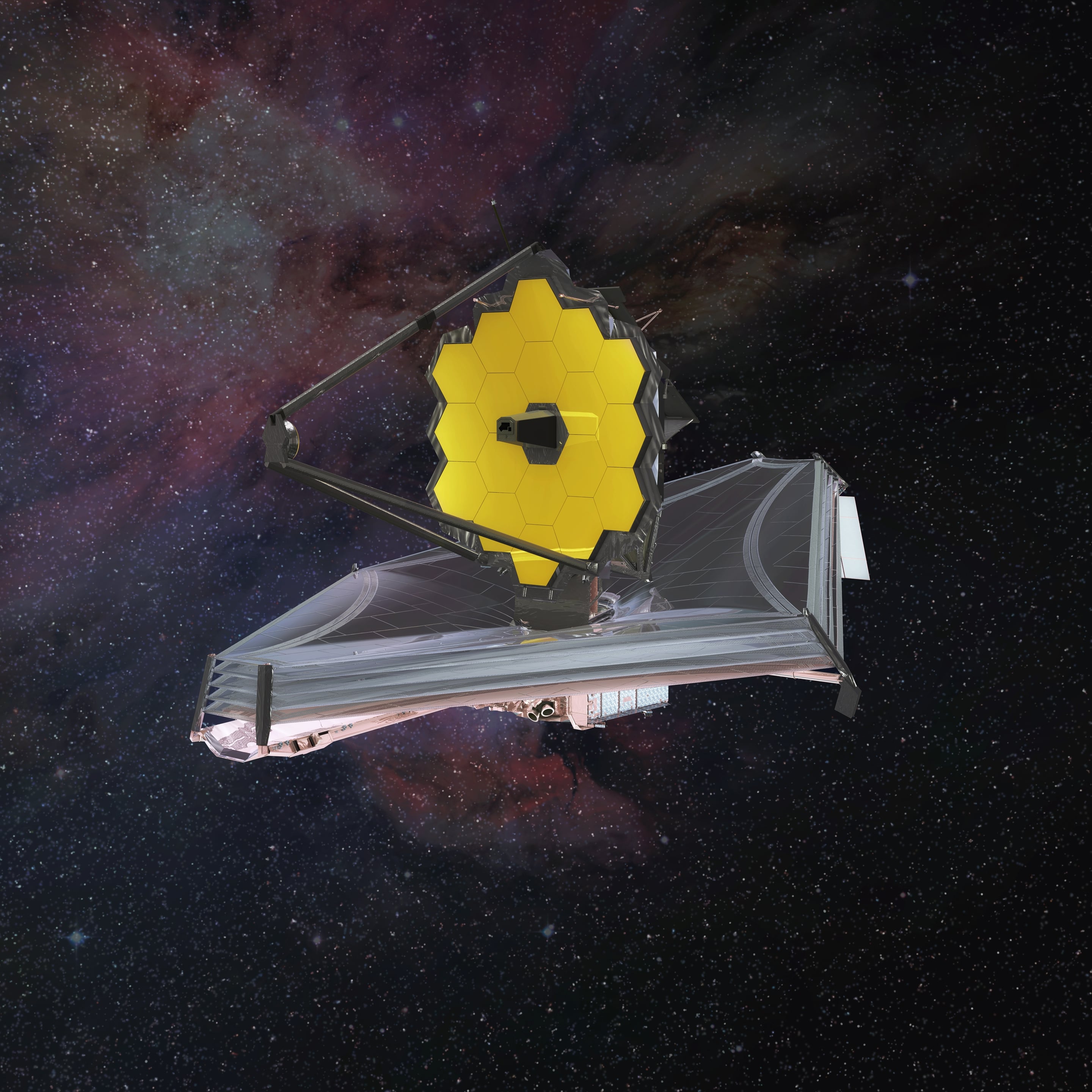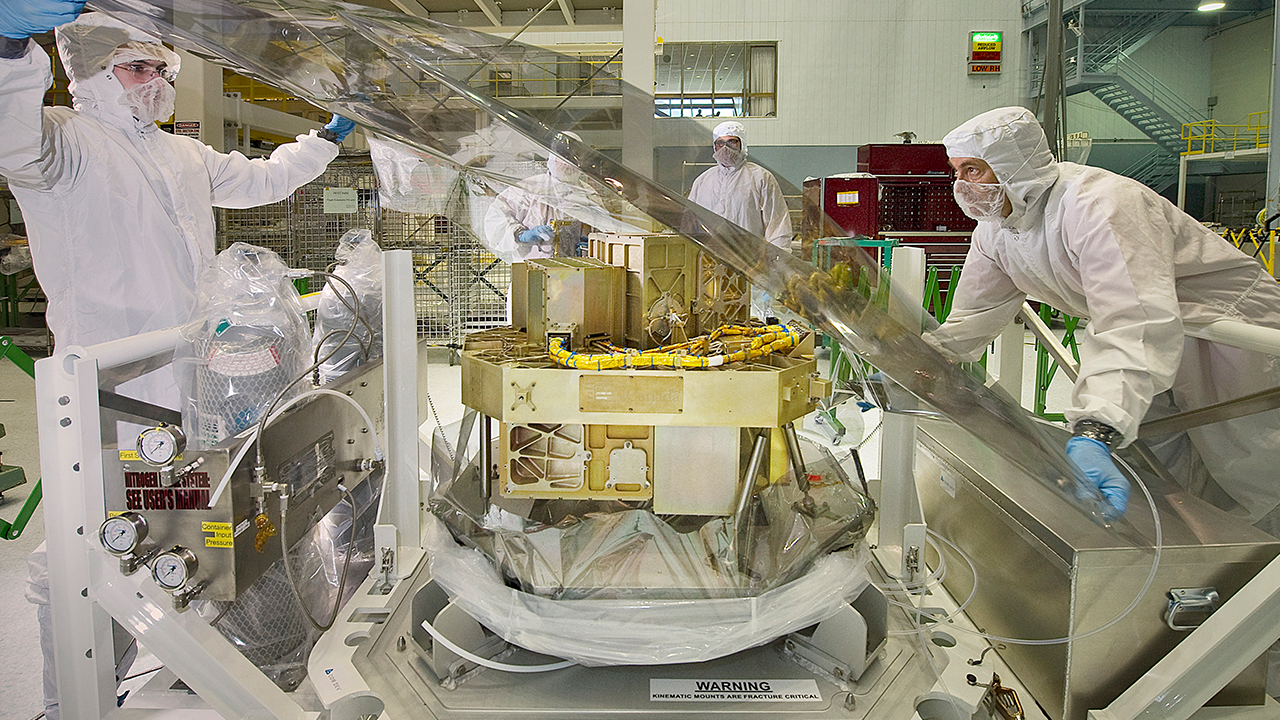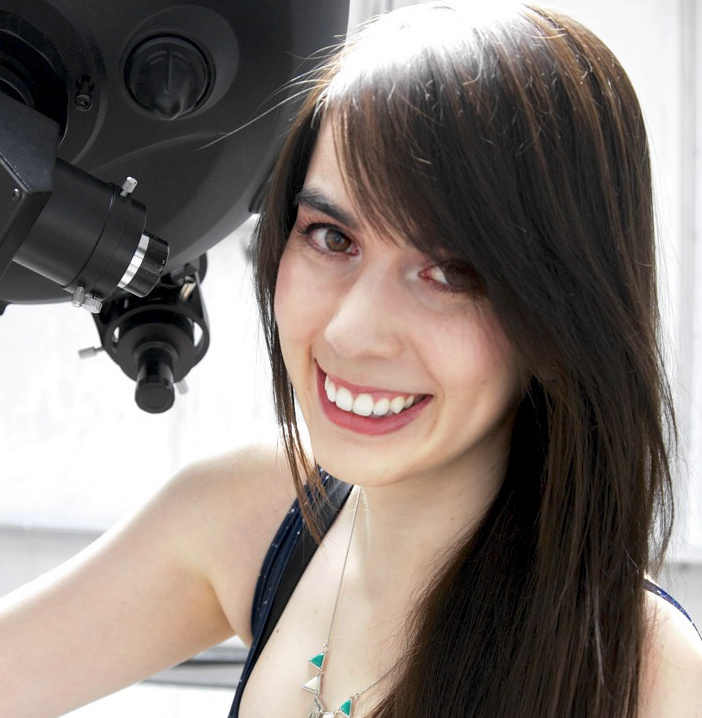
A rendering of the James Webb Space Telescope (Credit: Northrup Grumman)
The Hubble Space Telescope’s impact on our understanding of the Universe and the public’s perception of space is undeniable. It is truly a revolutionary mission! But nearly three decades after it began operations, Hubble is set to be supplanted by an even grander telescope: the James Webb Space Telescope. And unlike with Hubble, this time Canada will be along for the ride!
The James Webb Space Telescope is an international collaboration between the Canadian Space Agency, NASA and the European Space Agency. Unlike Hubble which was mostly sensitive to visible light, Webb will peer into the infrared universe. This 6.5m telescope, arguably one of the most complex machines ever built, will be launched into space in an Ariane 5 rocket. The telescope itself is so large that it will need to be folded up like origami to fit into the rocket. It will take about a month for Webb to reach its final destination 1.5 million kilometres away from Earth.

Canada’s contributions to the Webb Telescope, the Fine Guidance Sensor (FGS) and the Near-Infrared Imager and Slitless Spectrograph (NIRISS), was delivered in a single unit to NASA’s Goddard Space Flight Center.
Credit: NASA

Dr. Nathalie Ouellette
Dr. Nathalie Ouellette is an astrophysicist and science communicator. Her research focuses on galaxy formation and evolution. She is a frequent contributor to space stories in the Canadian media and public outreach events. Nathalie is currently the Coordinator of the Institute for Research on Exoplanets (iREx) at the Université de Montréal. She is also the JWST Outreach Scientist in Canada collaborating with the Canadian Space Agency.
The Webb Telescope will be able to study alien worlds, observe the evolution of galaxies over time, help us understand the lifecycle of stars and peer further back into the Universe than ever before. The Near-Infrared Slitless Spectrograph (NIRISS), one of Webb’s four scientific instruments, is Canadian-made. It was designed, among other things, to study the atmospheres of exoplanets and determine if they are habitable… or even inhabited! The Fine Guidance Sensor (FGS), Webb’s guiding camera, is also part of Canada’s contribution to the mission. It will be essential in making sure that every single image taken by the telescope is clear and sharp.
Webb is currently undergoing a battery of tests to make sure it will survive the extreme environments of a rocket launch space. This is especially crucial since Webb’s distant location will mean it will not be repairable. The Webb Telescope is scheduled for launch in March 2021.


